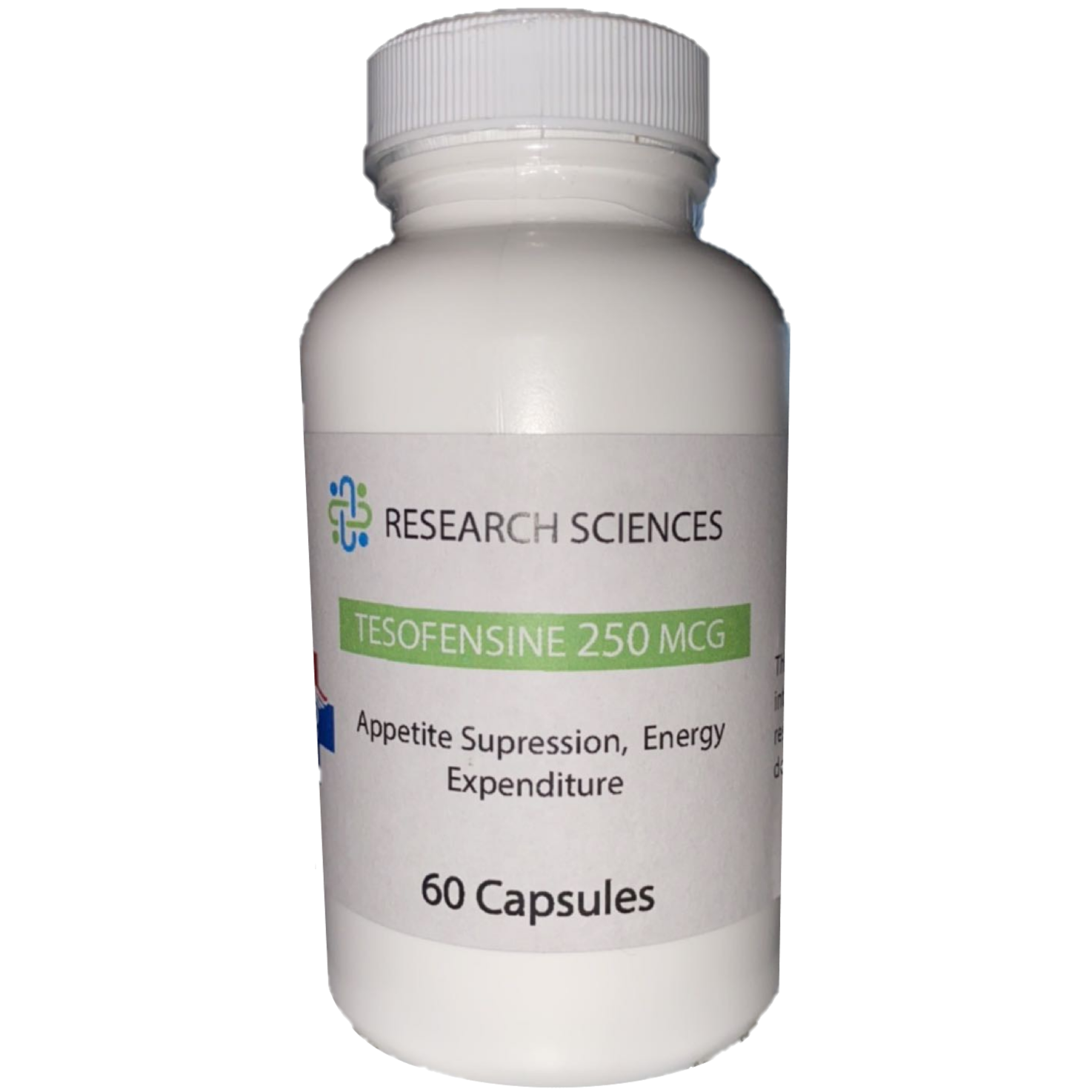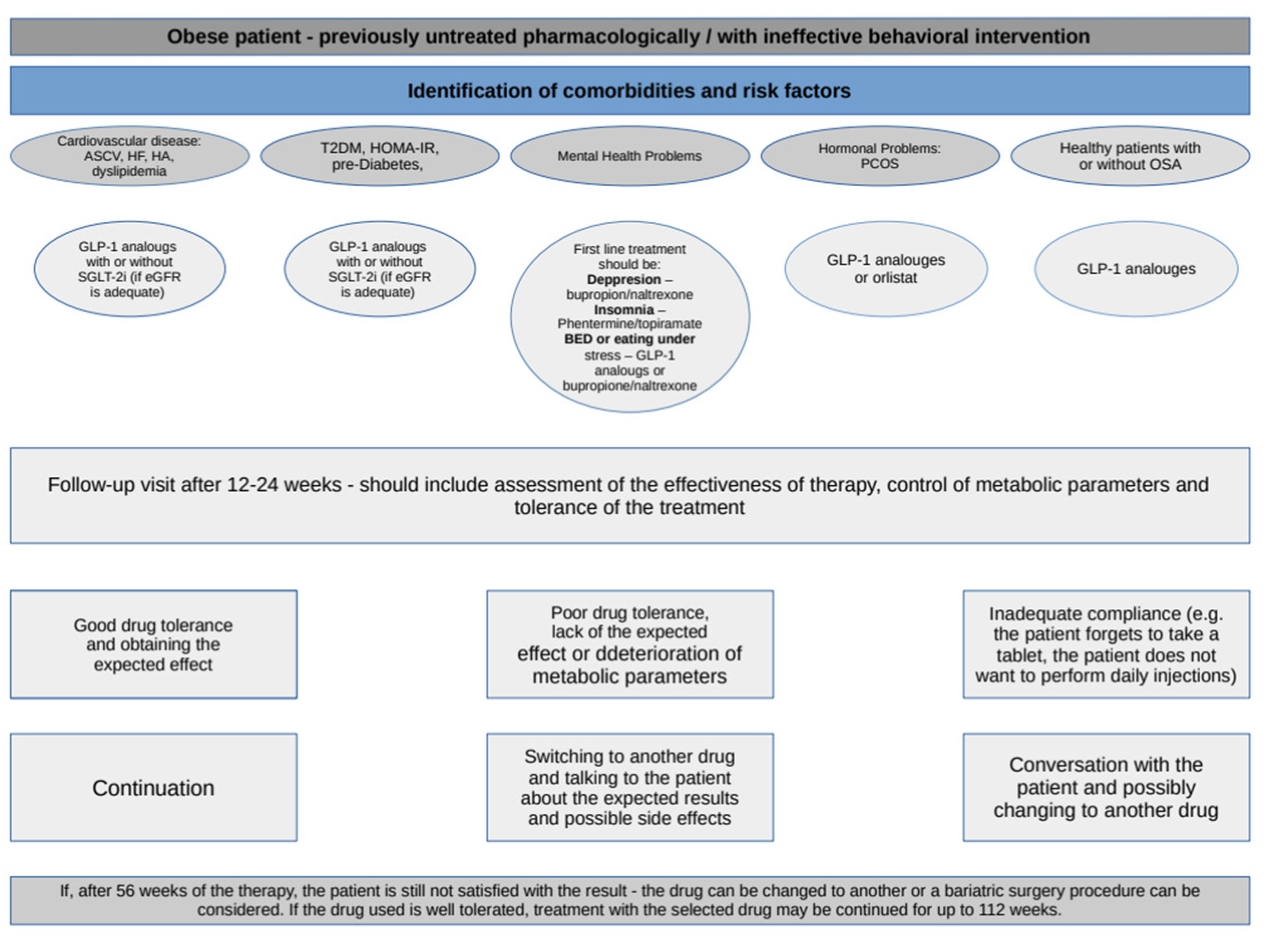
September 5, 2024
Pharmaceuticals Totally Free Full-text Obesity Drug Upgrade: The Lost Decade?
Tesofensine Explore The Scientific Research & Specialists FGF21 is secreted largely from the liver under conditions of fasting, and decreases body weight by increasing energy expense via main and outer mechanisms310,311,312,313. It binds to the CCK1 receptor (CCK1R) to decrease food consumption with a decrease in meal size314,315,316. The CCK1R is widely revealed in vagal afferents, the NTS and the AP317,318, recommending that CCK transfers the satiety signal by means of the vagus to the brainstem, from which the satiety signal is predicted to the hypothalamus.- Additional end points were security, pharmacokinetics, -responder evaluation (≥ 20% decrease in UPDRS score and in off time), and adjustments in percent of waking hours spent in "on" time with and without bothersome dyskinesia.
- Consequently, initiatives to manage weight and decrease gain back during the COVID-19 situation ought to be emphasized in individuals with obesity.
- Sodium-glucose cotransporter 2 inhibitors block the re-absorption of glucose by the kidney, consequently enhancing sugar excretion via the urine and resulting in a reduction in fasting plasma sugar levels and hemoglobin A1c degrees.
- The first nerve cell exhibited a gradual decline in shooting rate adhering to tesofensine management.
- Although an FDA sub-panel recommended Contrave for authorization as an anti-obesity treatment, the FDA eventually rejected Contrave for anti-obesity treatment, and asked for a large cardio risk trial to deal with prospective adverse effects prior to it can approve the drug (Orexigen, 2011).
Anti-obesity Drug Targets In The 1990s
Increases in pulse rate, however Additional info no considerable boosts in sBP and dBP, were observed after 24-weeks' treatment with tesofensine in a dose of 0.25 or 0.50 mg. However, these searchings for on the effectiveness and safety of tesofensine when it come to its possible damaging effects (cardiovascular and CNS) require verification in stage III tests conducted in larger cohorts of obese clients. A three-way monoamine reuptake prevention, tesofensine (NeuroSearch), has actually generated promising lead to stage II professional trials. Tesofensine was originally established for the therapy of Alzheimer's and Parkinson's disease. It demonstrated limited performance for those applications however disclosed potential for weight loss therapy.8 Liraglutide
Beloranib is recommended to act in adipose tissue to prevent formation of new blood vessels and promote apoptosis of endothelial cells, consequently preventing fat development. Conditioned preference hostility was evaluated in beloranib-treated OLETF rats as a possible mechanism underlying declines in food intake (Kim et al., 2007a). Contrasted to automobile control, solitary peripheral injection of the positive control, lithium chloride (0.15 M; vol was 2% body weight) and beloranib (1 or 10 mg/kg) created conditioned preference aversion (decreased saccharin solution consumption) in OLETF rats. The anorexigenic effect of beloranib can be explained partly by the induction of preference aversion. Weight-loss is a common side-effect of the anti-convulsant drug, zonisamide, and this triggered its analysis as a treatment for weight problems (Gadde et al., 2003). Zonisamide (1,2-benzoxazol-3-ylmethanesulfonamide) is a potent inhibitor of carbonic anhydrase, which is suggested to add to weight-loss (De Simone et al., 2008).What is the heart rate of tesofensine?
Blood pressure and heart rate boosts with the therapeutically pertinent dosages of tesofensine (0.25 mg and 0.5 mg) were 1 & #x 2013; 3 mmHg and as much as 8 bpm, specifically.


Social Links